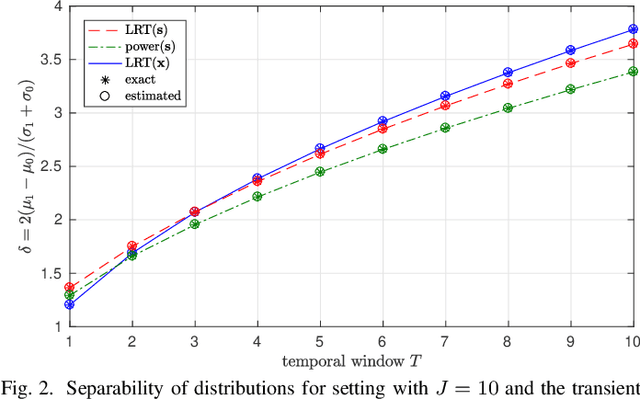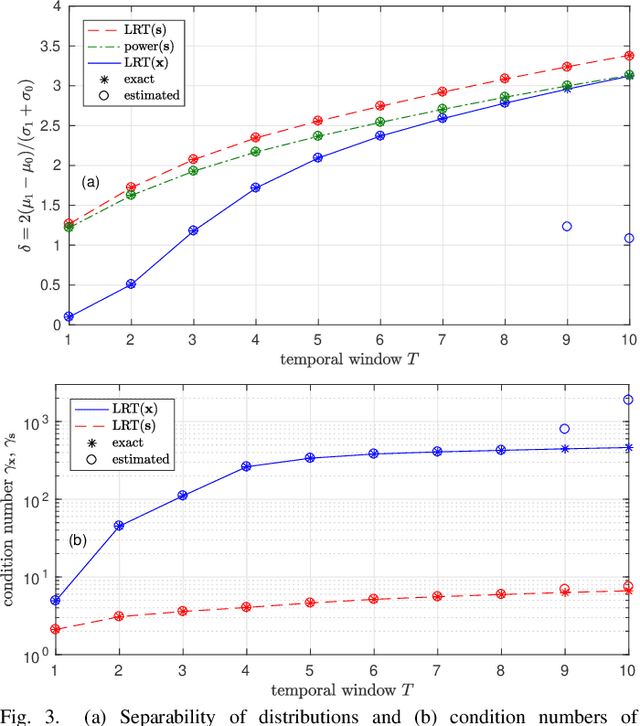Louise H. Crockett
Computational and Numerical Properties of a Broadband Subspace-Based Likelihood Ratio Test
Sep 27, 2024


Abstract:This paper investigates the performance of a likelihood ratio test in combination with a polynomial subspace projection approach to detect weak transient signals in broadband array data. Based on previous empirical evidence that a likelihood ratio test is advantageously applied in a lower-dimensional subspace, we present analysis that highlights how the polynomial subspace projection whitens a crucial part of the signals, enabling a detector to operate with a shortened temporal window. This reduction in temporal correlation, together with a spatial compaction of the data, also leads to both computational and numerical advantages over a likelihood ratio test that is directly applied to the array data. The results of our analysis are illustrated by examples and simulations.
 Add to Chrome
Add to Chrome Add to Firefox
Add to Firefox Add to Edge
Add to Edge